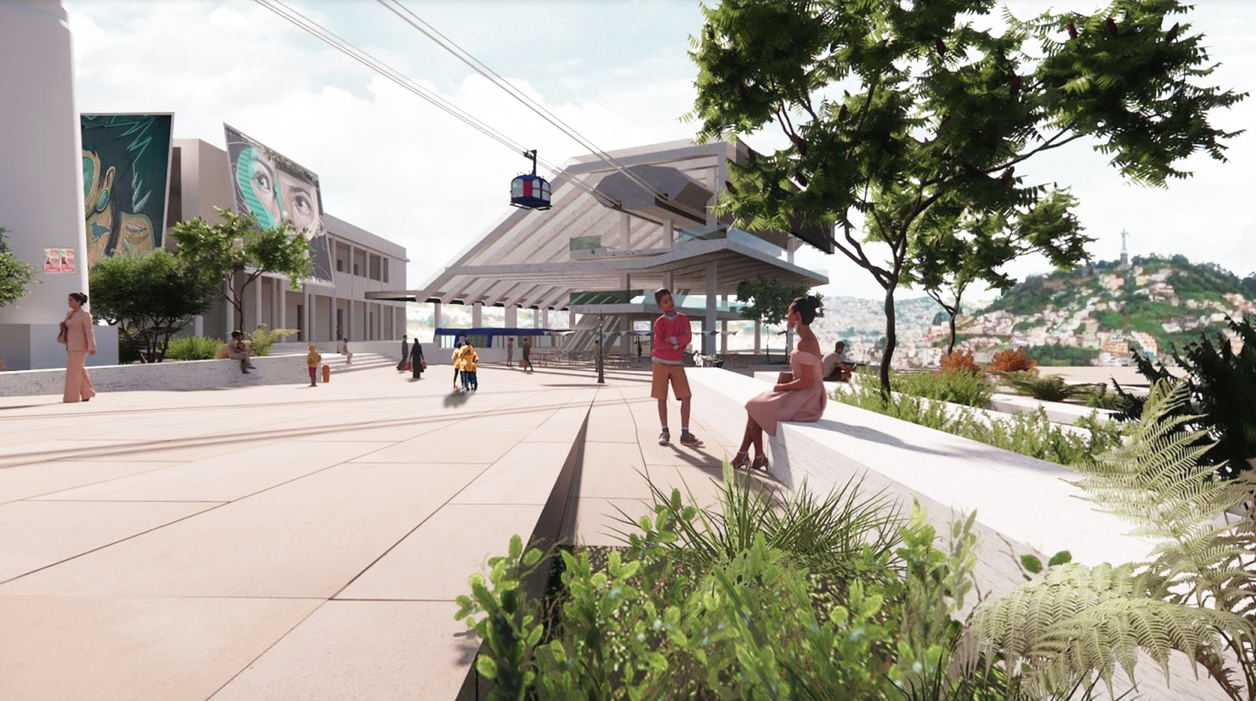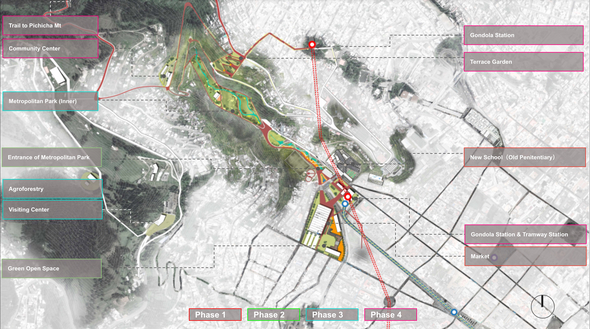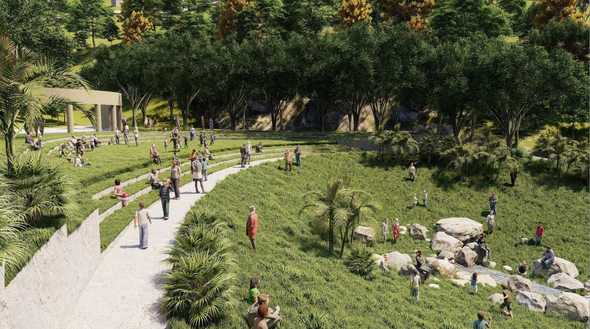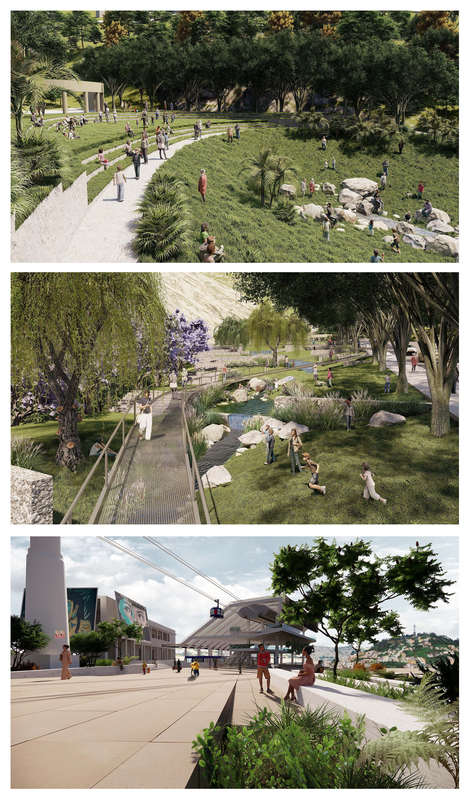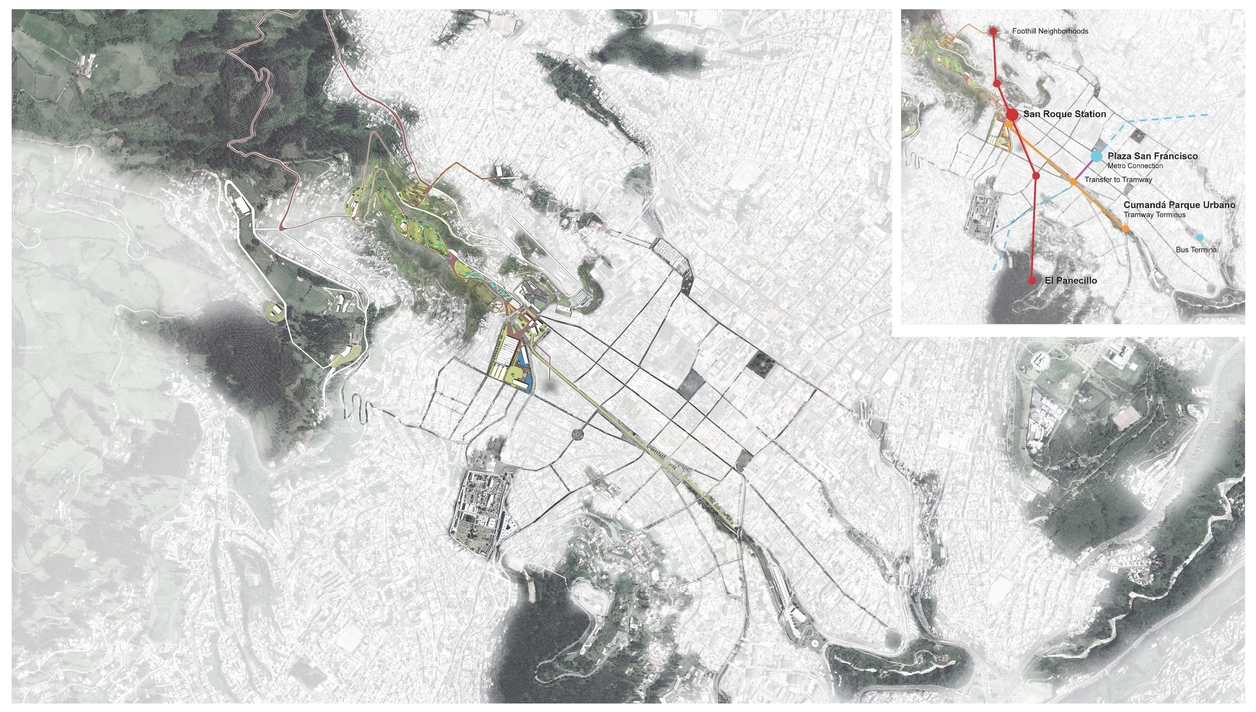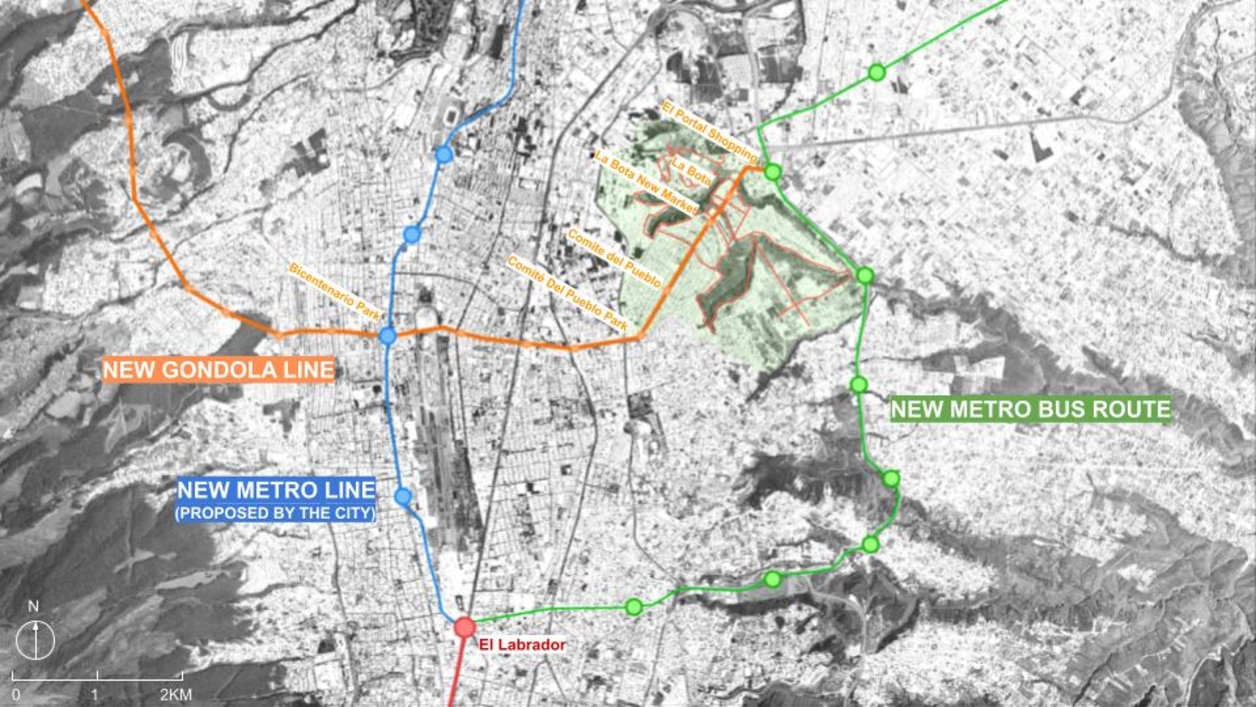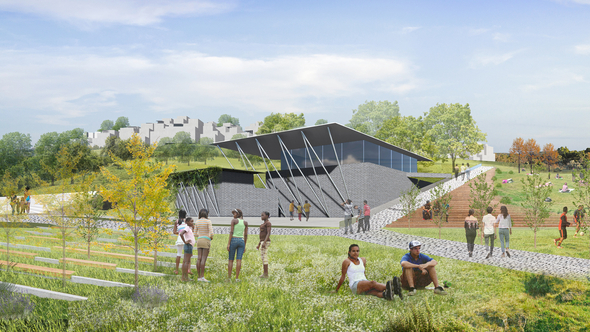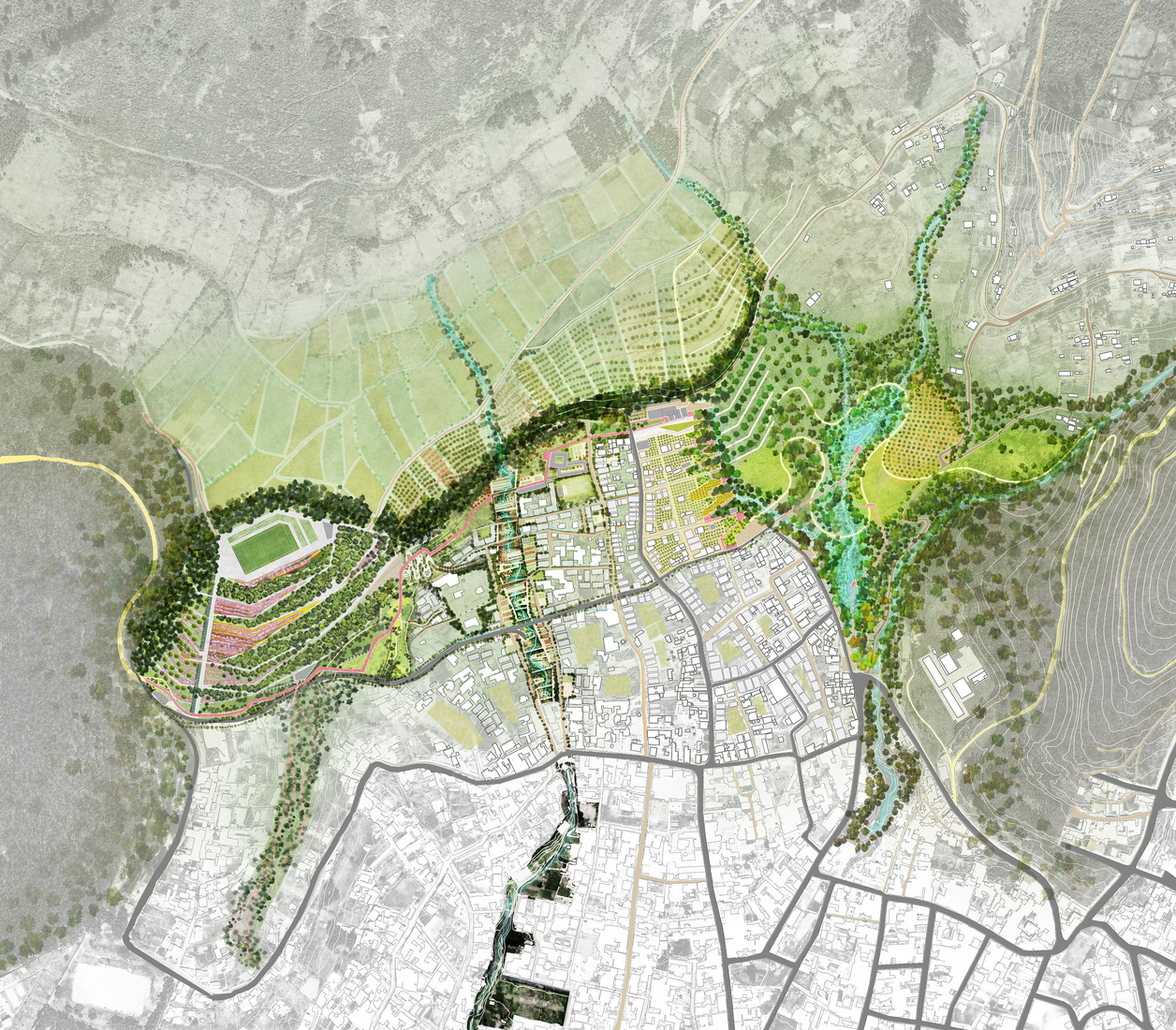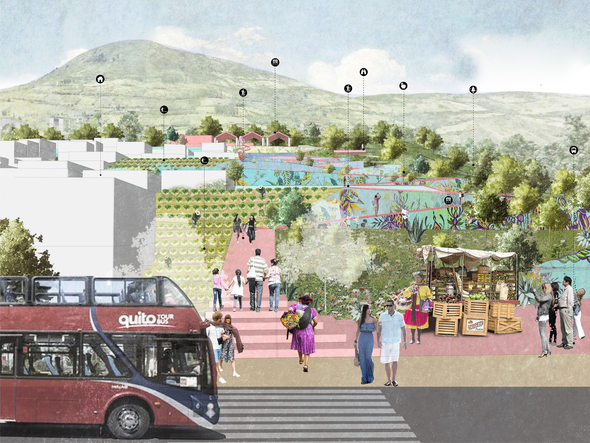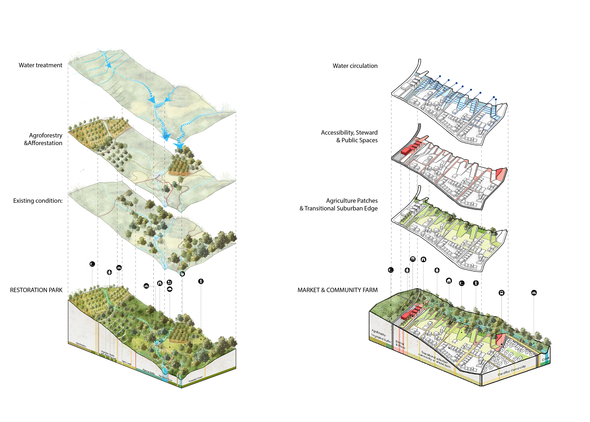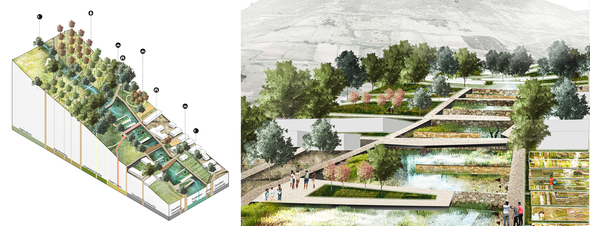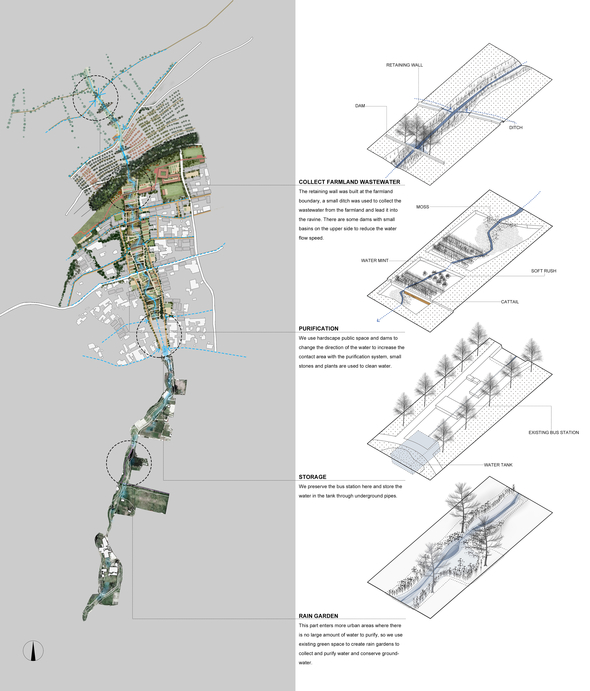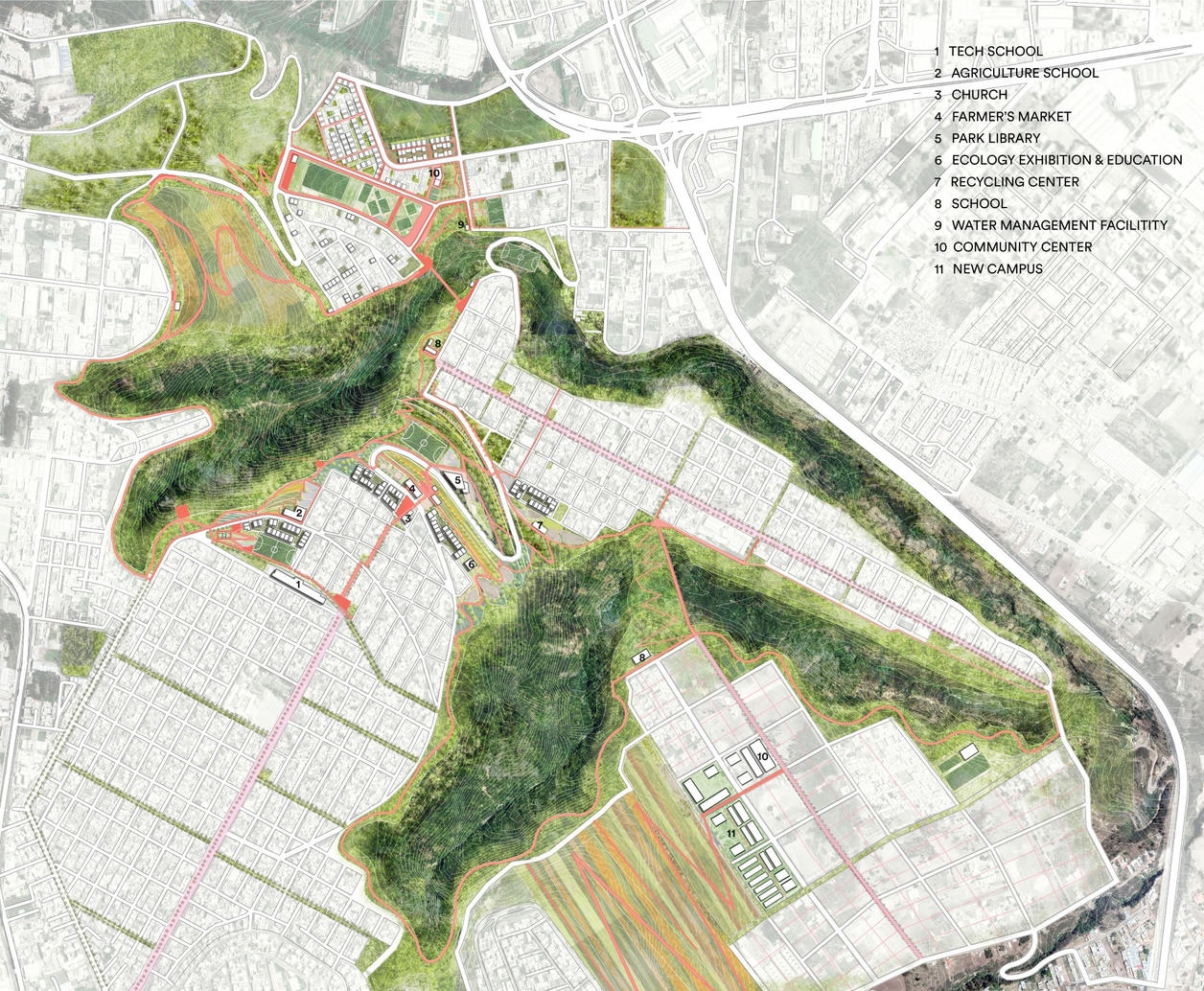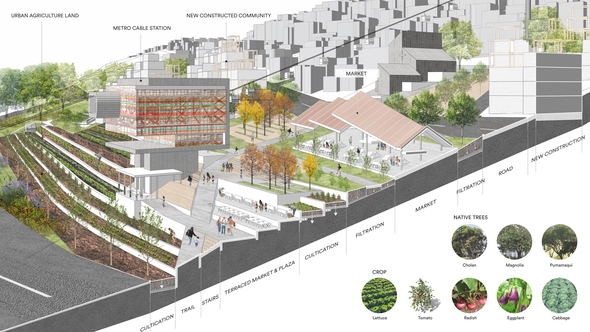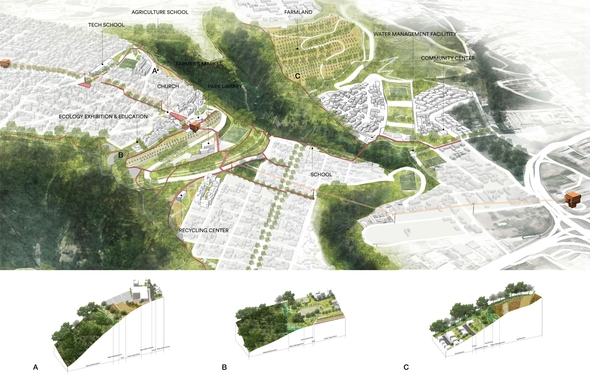The Quito Studio: Armatures of Inclusion
Close to a billion people live currently in self-constructed or informal settlements. In most developing countries, they already are the dominant form of urbanization. This number is expected to double in only two decades. Informal urbanism has many positive aspects (compact and transformative, productive activities, social ties, low energy consumption, etc.), but they are.frequently located in urban peripheries, on high-risk sites lacking basic infrastructure, open spaces, and services. The older self-constructed settlements tend to be denser, more consolidated, and have stronger communal organizations. The more recent ones are usually located in the urban-rural threshold, in closer contact with environmental systems and agricultural landscapes; but they tend to be more precarious, and their residents are in more vulnerable conditions. In this Studio, we will explore ways to balance habitat protection and enhancement, agricultural and productive activities, while fostering good quality urban scenarios (improving the conditions of the existing settlements and assisting the emergence and evolution of the new ones). Participants will envision pilot projects to prove the possibilities of the approach on well-defined sites and tackling specific natural, urban, and socio-cultural conditions. When dealing with new informal growth participants will be asked to define environmental and urban frameworks, the provision of land to facilitate the safe self-construction of dwellings, and the programmatic aspects such as the spatial organization and dimensions of lots for self-construction, initial housing shells, the provision of communal services, agricultural gardens, water management, sources of construction materials, etc. for an initial stage of the settlements, while considering how they may transform and expand.


